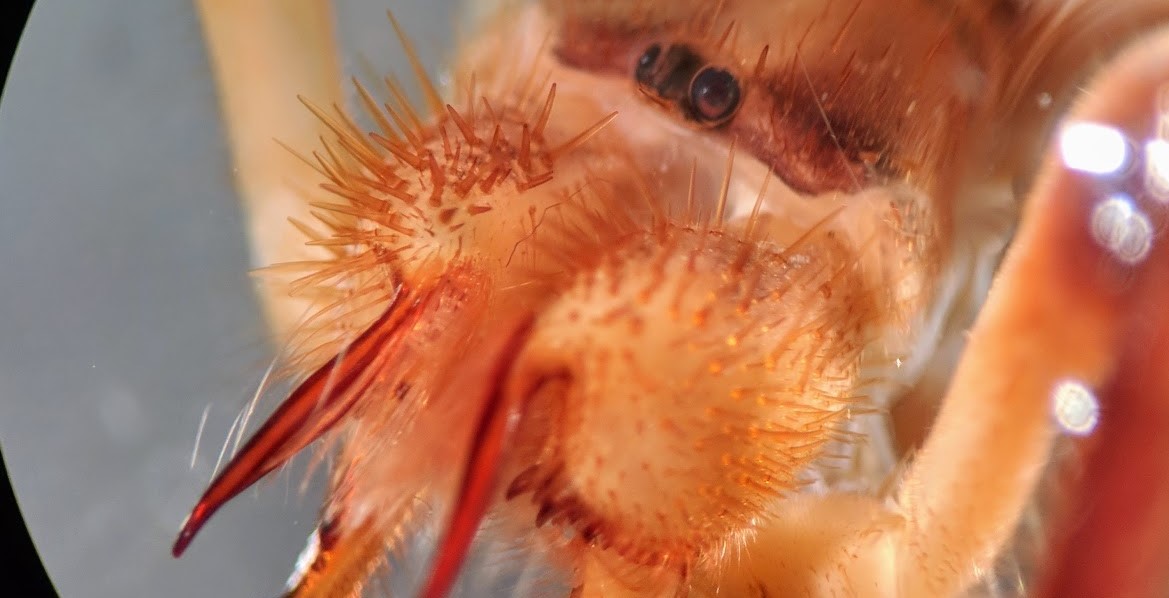CATALYST
DENVER MUSEUM OF NATURE & SCIENCE ONLINE MAGAZINE
Museum Arachnologist Talks Camel Spiders on Science Friday Radio Show
Curator Dr. Paula Cushing Shared Fascinating Insights on these Desert-Dwelling Predators with a National Audience

Dr. Paula Cushing's fieldwork collecting camel spiders in Utah on June 6, 2018. (Photo/ Rick Wicker)
Denver Museum of Nature & Science spider scientist Dr. Paula Cushing recently appeared on NPR’s Science Friday for a special Halloween episode on "creepy animals." Dr. Cushing joined host Flora Lichtman to talk about one of the most fascinating arachnids on the planet: the camel spider.
To start with, Dr. Cushing explained that camel spiders, also known as solifuges, aren’t actually spiders at all. They are arachnids but they are in a different group of arachnids, the order Solifigae. They’re “very active, cursorial predators, meaning that they’re running around on the planet’s surface, and they run fast, they run long, and they are voracious predators.”

Close-up of a camel spider face. (Photo/Ryan Jones)
Their appetites are so intense, Dr. Cushing noted, that “we’ve read reports of solifuges that have been kept in captivity that eat so much that they burst. They basically eat themselves to death.” In their harsh desert environments, food is scarce — so when they find it, they take full advantage.
Camel spiders are also built for endurance. “I had a colleague who followed a camel spider for over an hour to see how long it could run without stopping,” Cushing said. “She ran out of energy before it did.”
Dr. Cushing admitted that even as a lifelong arachnologist, she feels a bit wary around them. “They’re kind of scary too,” she laughed. “I’ll grab one because I’m desperate to collect them for our research, but even I am a little bit reluctant.”

Collecting camel spiders in preservative in Great Basin National Park, Nev. (Photo/ Rick Wicker)
After traveling around the world to study arachnids, Dr. Cushing shared her insights on the national syndicated radio show about why people in some cultures may fear spiders more than others.
“I’ve traveled all over the world, and what I think is that in parts of the world where we keep nature at bay, where we plant non-native grasses in our yards and really love our asphalt, nature becomes something far away, something you go visit, not part of daily life,” Dr. Cushing said. “But in places where the jungle comes right up to people’s homes, where nature is part of everyday life, they don’t bat an eye when I say I study spiders.”
Listen to Dr. Cushing’s full Science Friday interview here and learn more about how researchers from around the world are helping to deepen our understanding and appreciation for all the fascinating — and for some, slightly creepy — creatures we share the planet with.





